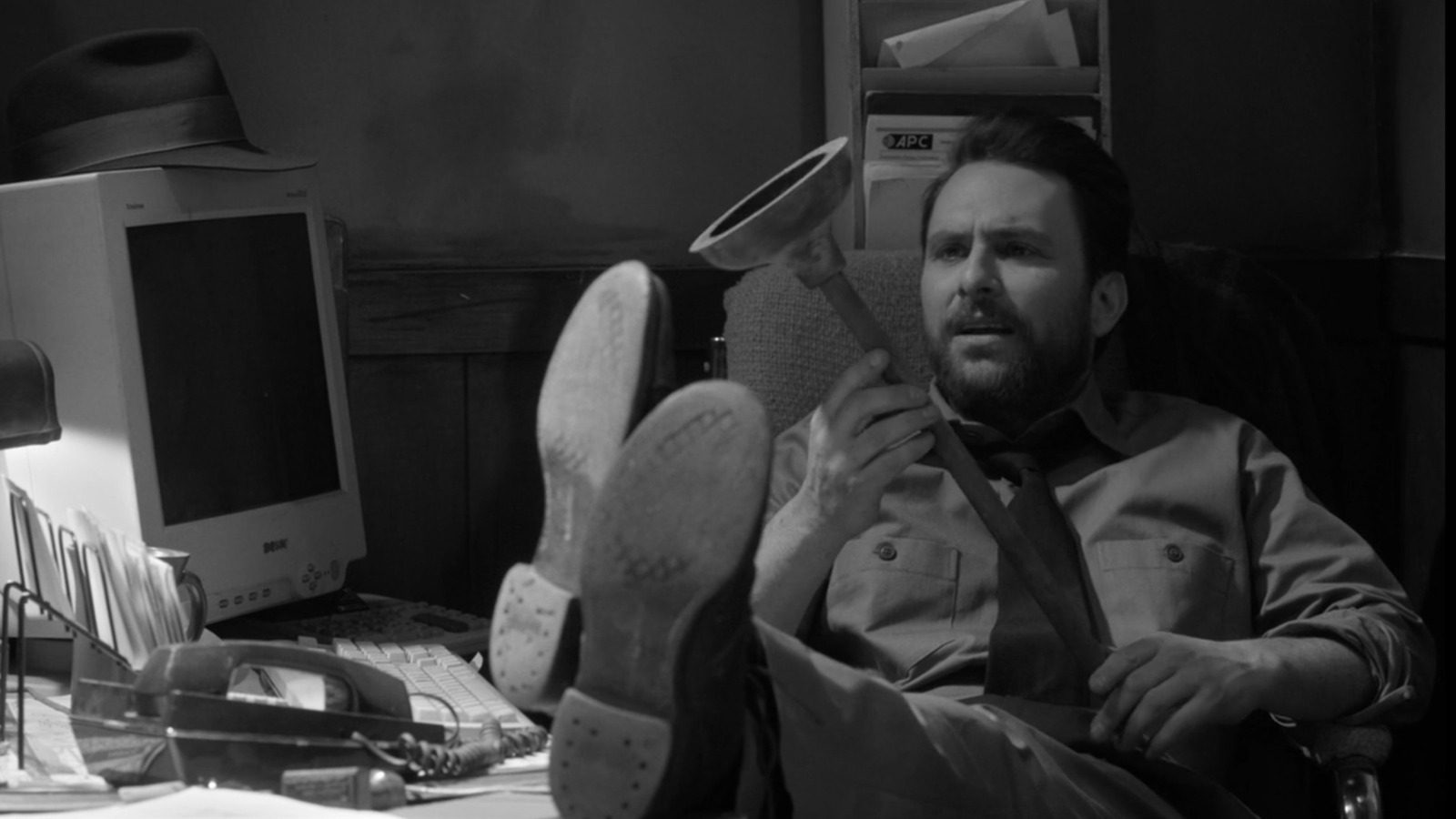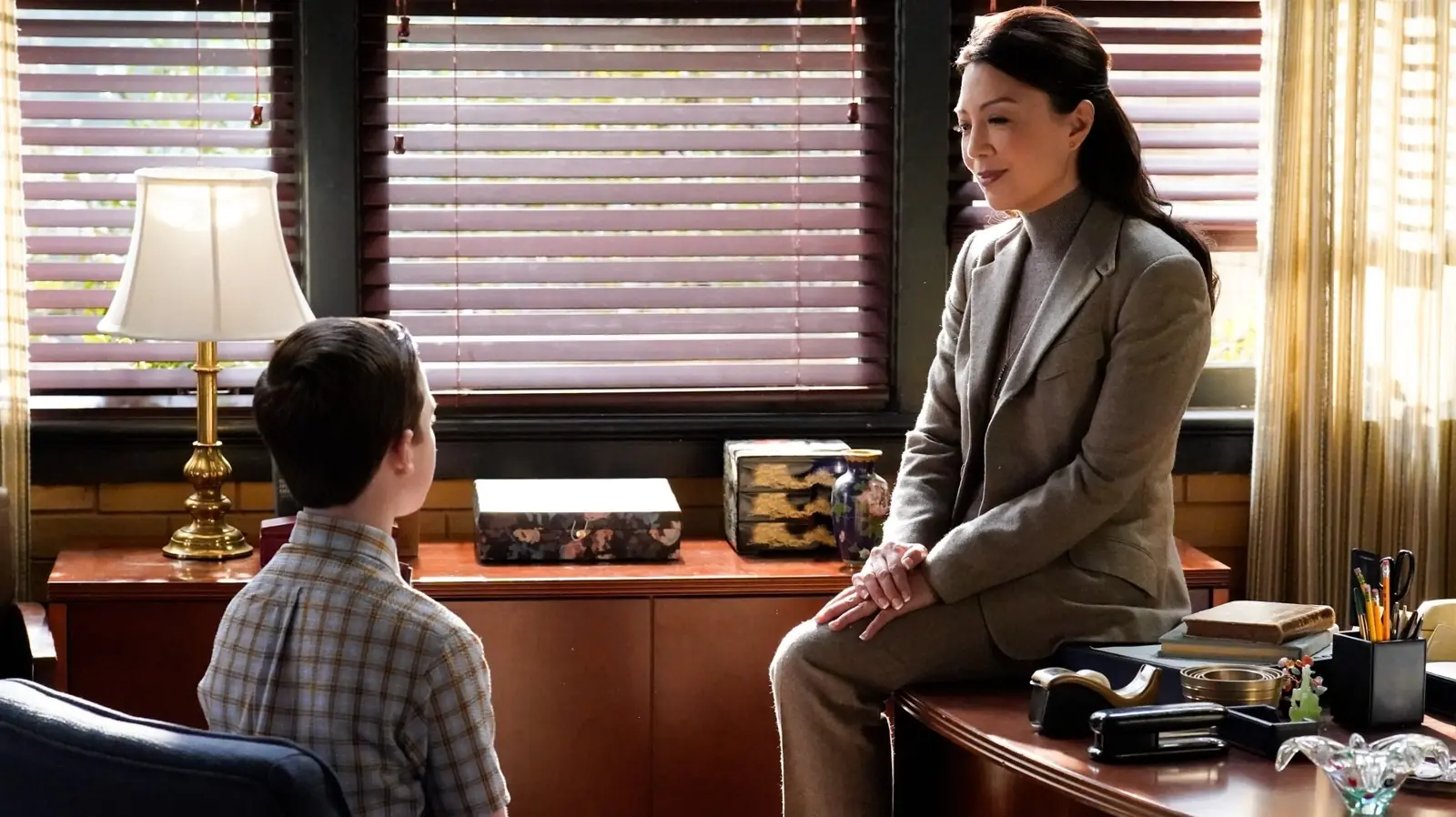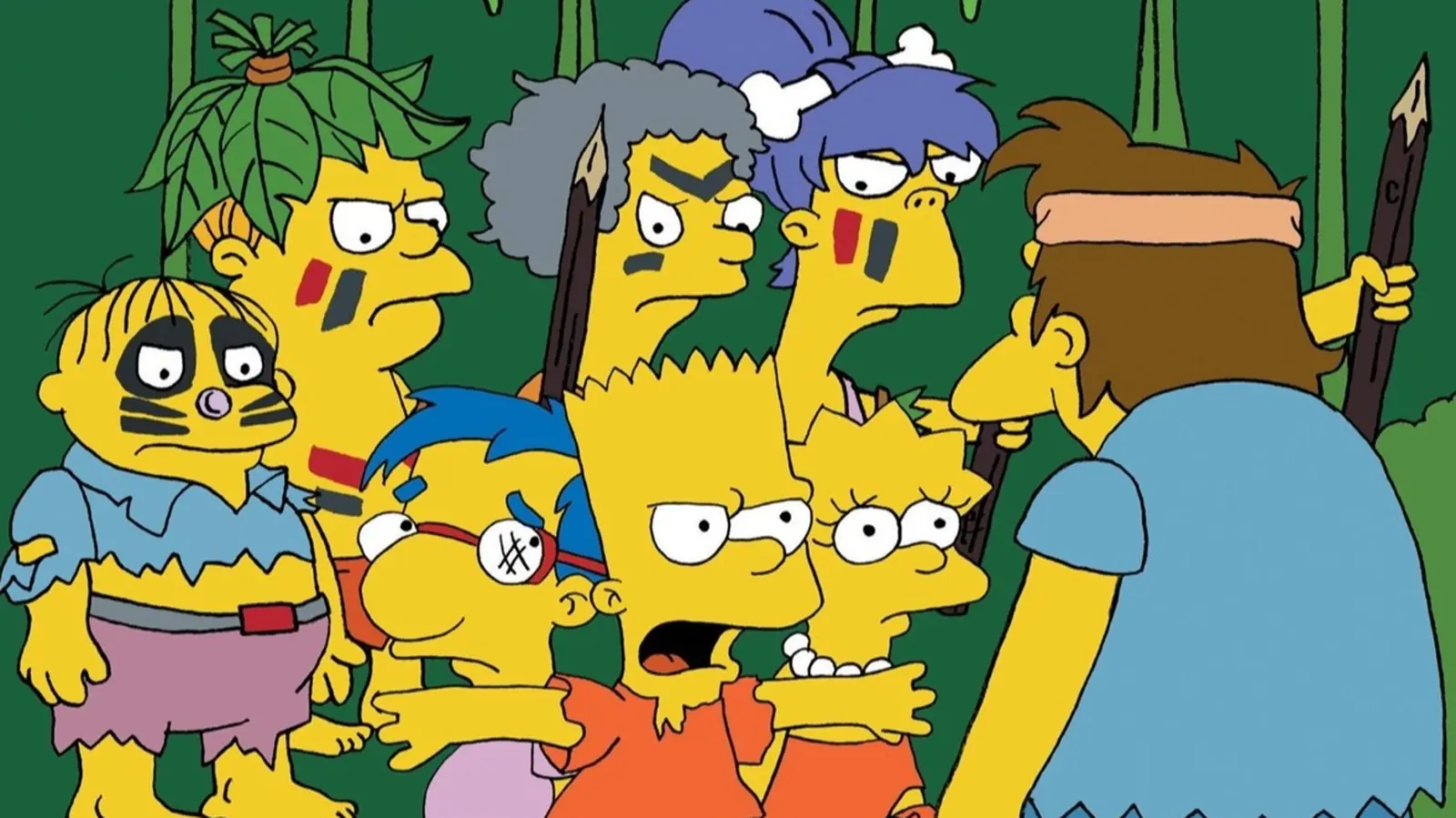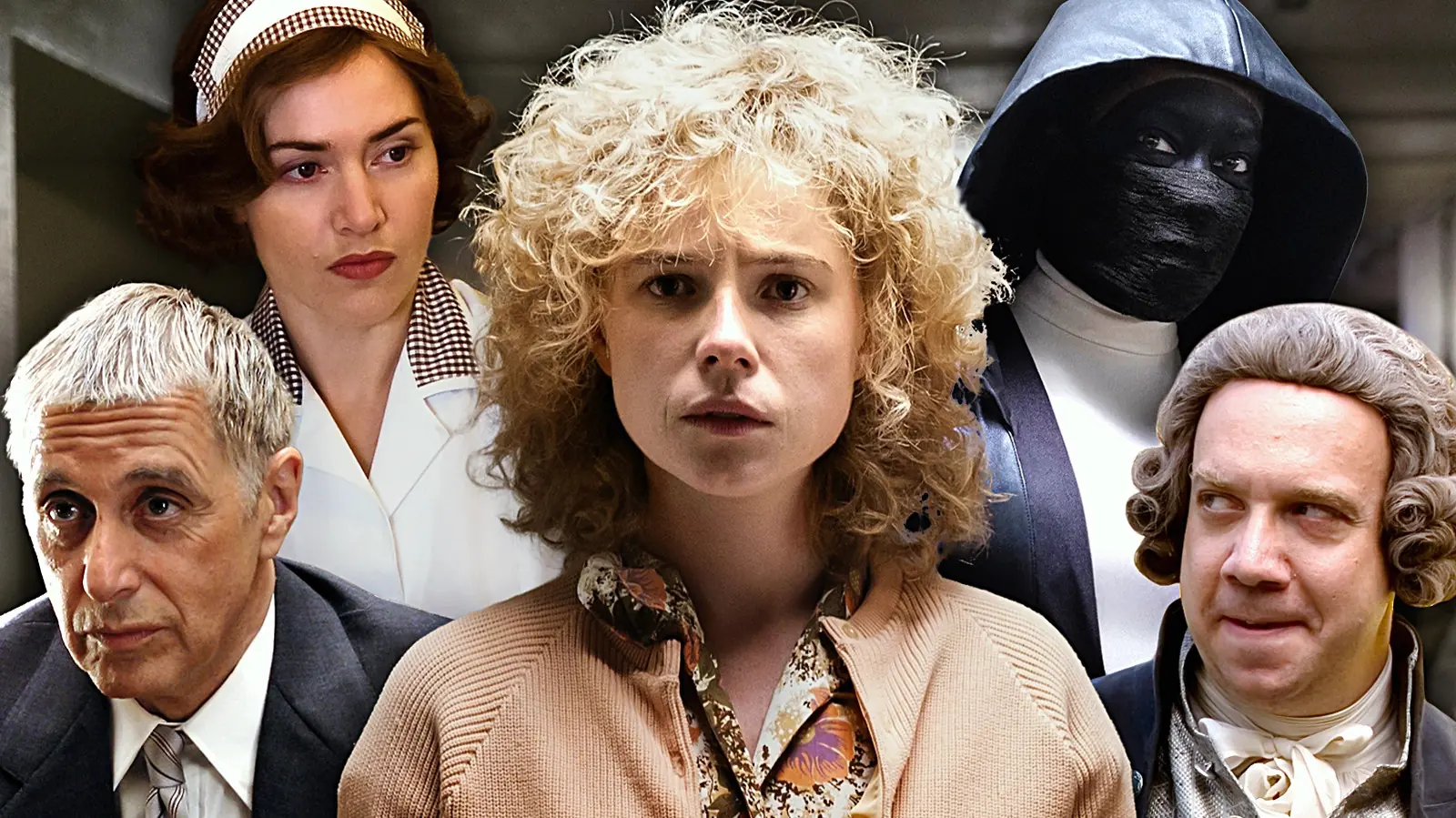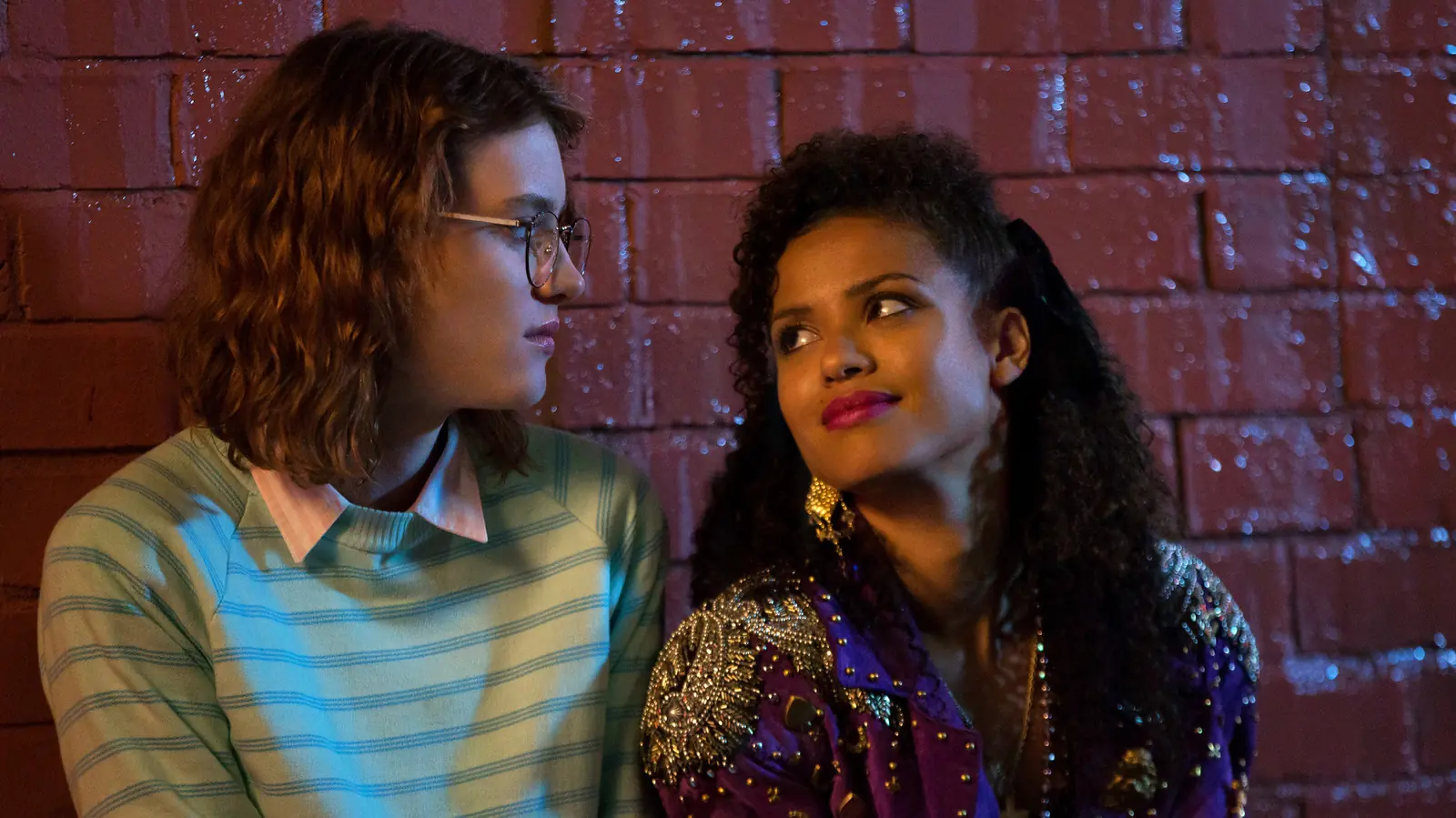It’s Always Sunny in Philadelphia, the beloved cult-favorite sitcom known for its irreverent humor and boundary-pushing content, often draws inspiration from a variety of cultural touchstones. Among these influences, classic films have been a recurring muse, and at the heart of one of its most memorable episodes is a nod to the crime noir genre. This particular episode, centered around the quirky and unpredictable character Charlie Day, stands out as a brilliant homage to the cinematic style that shaped much of early Hollywood.
The creators of It’s Always Sunny in Philadelphia have frequently demonstrated their affection for cinema by weaving in elements reminiscent of classic films into their storytelling. A standout episode that captures this love for film is one that draws heavily from the stylistic and thematic elements of crime noir. Crime noir, with its emphasis on moral ambiguity, complex characters, and shadow-laden visuals, provides fertile ground for narrative exploration, and it proves to be a perfect fit for the chaotic universe of Paddy’s Pub.
In this episode, Charlie finds himself embroiled in a comedic yet perilous situation reminiscent of the hardboiled detective tales that dominated the 1940s and 1950s. The character of Charlie, played by the show’s co-creator Charlie Day, is often portrayed as the wild card of the group, whose unpredictable behavior leads to hilariously unexpected outcomes. Against the backdrop of a crime noir-influenced plot, Charlie’s antics take on an even more captivating dimension.
The visual style of the episode pays homage to the noir aesthetic with its use of dramatic lighting and shadowy cinematography. These stylistic choices create an atmosphere that is both foreboding and absurd, echoing the dual nature of the show itself. As with traditional noir films, this episode weaves a narrative that delves into themes of deception, betrayal, and moral complexity—all delivered with the comedic flair that is quintessentially Sunny.
Incorporating film noir elements into the episode allows the writers and actors to explore new facets of their characters. The morally ambiguous world of noir provides a fresh lens through which to view Charlie’s character, highlighting his innate cunning, albeit in a decidedly comedic fashion. This dual homage to both a beloved genre and a cherished television character creates a tapestry of storytelling that is richly layered and engaging.
Beyond simply imitating the trappings of noir, It’s Always Sunny in Philadelphia cleverly subverts genre expectations through its unique blend of humor and chaos. While classic noir protagonists often grapple with internal and external conflicts that lead to grim resolutions, Sunny twists these conventions to comedic effect. The resulting narrative absurdity offers viewers a fresh perspective on both the genre and the characters they have grown to love over the series’ long run.
Moreover, the episode showcases the remarkable ability of the show’s creators to infuse their work with cultural references that broaden its appeal. By tapping into the crime noir tradition, they manage to both celebrate and spoof a significant chapter of cinematic history, bringing a piece of it to an audience that may not be immediately familiar with its origins. This demonstrates a particular mastery of storytelling and affirms the show’s enduring relevance and creativity.
One of the aspects that make It’s Always Sunny in Philadelphia stand out as a show is its commitment to pushing creative boundaries. By integrating classic film styles and motifs, such as those found in crime noir, the series does more than merely entertain—it also pays respect to the art of storytelling itself. Episodes like this one prove that the show is unafraid to explore new narrative territories and blend them seamlessly with humor that can be at once sophisticated and delightfully crude.
In conclusion, it’s the ingenuity and boldness of It’s Always Sunny in Philadelphia in experimenting with classic film elements, like those from the crime noir genre, that keeps the show fresh and engaging. This particular Charlie Day episode serves as a testament to the creative team’s ability to take familiar cinematic tropes and twist them into something uniquely Sunny. Through clever homage and comedic reinterpretation, the episode not only showcases the series’ comedic prowess but also its fondness for honoring, parodying, and experimenting with the art of cinema.
The resulting episode is a delightful blend of homage and satire, seamlessly integrating elements of film noir into the bizarre world of Paddy’s Pub while offering fans both an appreciation of classic cinema and an unforgettable comedic experience. It’s a testament to the enduring creativity and innovative spirit of It’s Always Sunny in Philadelphia—a show that, throughout its long and storied run, continues to surprise and delight audiences with its unrivaled authenticity and wit.

